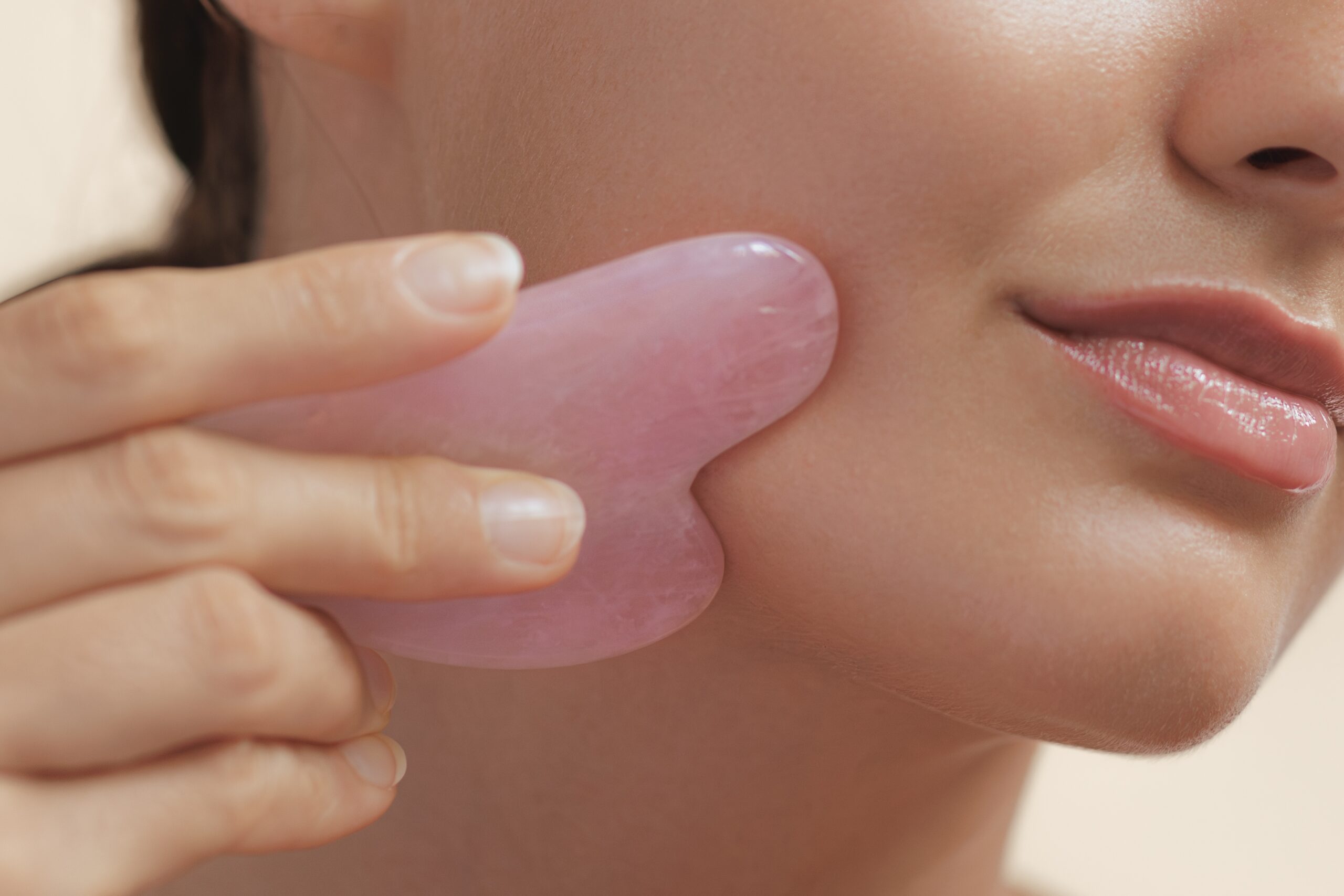Table of Contents

Ancient Chinese healing technique Gua Sha offers remarkable wellness benefits, but many practitioners unknowingly sabotage their results through common application mistakes that experts are eager to correct.
At a Glance
- Gua Sha is an ancient practice from traditional Chinese medicine dating back to the Paleolithic era, originally used for treating illnesses, not for beauty purposes
- Proper technique requires light pressure at a 10-45 degree angle, moving upward and outward against gravity
- Post-treatment care is essential: avoid hot showers, intense exercise, and sun exposure while increasing hydration
- The practice works on blood, qi, fascia, and muscles—not just as a lymphatic drainage technique as commonly misunderstood
Understanding Gua Sha's True Origins
Gua Sha's roots stretch deep into Chinese medical history, emerging long before it became a social media skincare sensation. This therapeutic technique initially served as a medical intervention for conditions like heatstroke and seasonal illnesses. The term itself—"Gua Sha" (刮痧)—translates to "scraping sha," where "sha" refers to the reddish petechiae that appear during traditional treatment. Despite its current popularity in beauty routines, this practice represents thousands of years of medical wisdom focused on clearing pathogens and unblocking stagnated qi.
The modern reinvention of Gua Sha as a beauty practice represents a significant departure from its original purpose. While today's practitioners often use jade or rose quartz tools to gently massage facial contours, traditional practitioners applied more vigorous pressure with various natural implements to address deeper medical concerns. This evolution highlights how ancient healing arts adapt to contemporary wellness demands, though experts caution that understanding its heritage provides context for proper practice.
Common Technical Mistakes
The most prevalent error in Gua Sha practice involves incorrect tool positioning. Experts recommend holding the tool at a 10 to 45-degree angle against the skin—not flat or too steep. This angle maximizes effectiveness while preventing excessive pressure and friction that can irritate sensitive facial tissue. Additionally, practitioners should always move the tool upward and outward, working against gravity to achieve lifting effects. Using both hands is crucial: one to manipulate the stone and the other to gently stabilize the skin.
Another common misunderstanding concerns pressure application. While traditional body Gua Sha techniques might produce significant redness, facial applications require gentler handling. Excessive pressure can cause bruising and inflammation rather than beneficial circulation enhancement. Equally important is including the neck in your routine—many practitioners focus exclusively on the face, neglecting the critical lymphatic drainage pathways of the neck that facilitate toxin removal and reduce facial puffiness.
Essential Post-Treatment Care
What happens after your Gua Sha session significantly impacts its effectiveness. Many practitioners immediately resume normal activities, unwittingly counteracting the treatment's benefits. Experts advise against vigorous exercise following treatment as it can disrupt the rebalancing of blood and qi flow that Gua Sha initiates. Similarly, hot showers and saunas should be avoided for several hours post-treatment, as excessive heat can irritate newly stimulated skin and potentially increase inflammation in treated areas.
Hydration plays a critical role in post-Gua Sha care. Drinking plenty of water helps flush toxins released during treatment and supports the body's natural detoxification processes. Practitioners should also consider dietary adjustments following sessions, favoring lighter, easily digestible meals that support rather than burden the body's healing response. Additionally, protecting treated skin from harsh environmental factors like direct sunlight and avoiding chemical-laden skincare products allows the skin to fully benefit from treatment, with natural, gentle products being preferable.
Cultural Respect and Authentic Practice
As Gua Sha gains popularity across wellness communities, practitioners must approach this tradition with cultural awareness and respect. Social media often distorts the practice's origins and purposes, creating misconceptions about what Gua Sha truly represents in Chinese medicine. According to experts, claiming the practice is primarily for beauty or solely for lymphatic drainage oversimplifies its complex healing mechanisms that work on multiple bodily systems simultaneously, including blood circulation, fascia release, and energy flow.
Maintaining proper tool hygiene represents another often-overlooked aspect of respectful practice. Traditional practitioners carefully clean and store their implements, recognizing their significance as healing instruments. Modern users should similarly clean their tools after each use with mild soap and water, allowing them to dry completely before storage. This not only prevents bacterial growth but honors the intention behind the practice—promoting wellness through mindful, consistent care techniques developed across generations.
AD
Most Recent
AD
